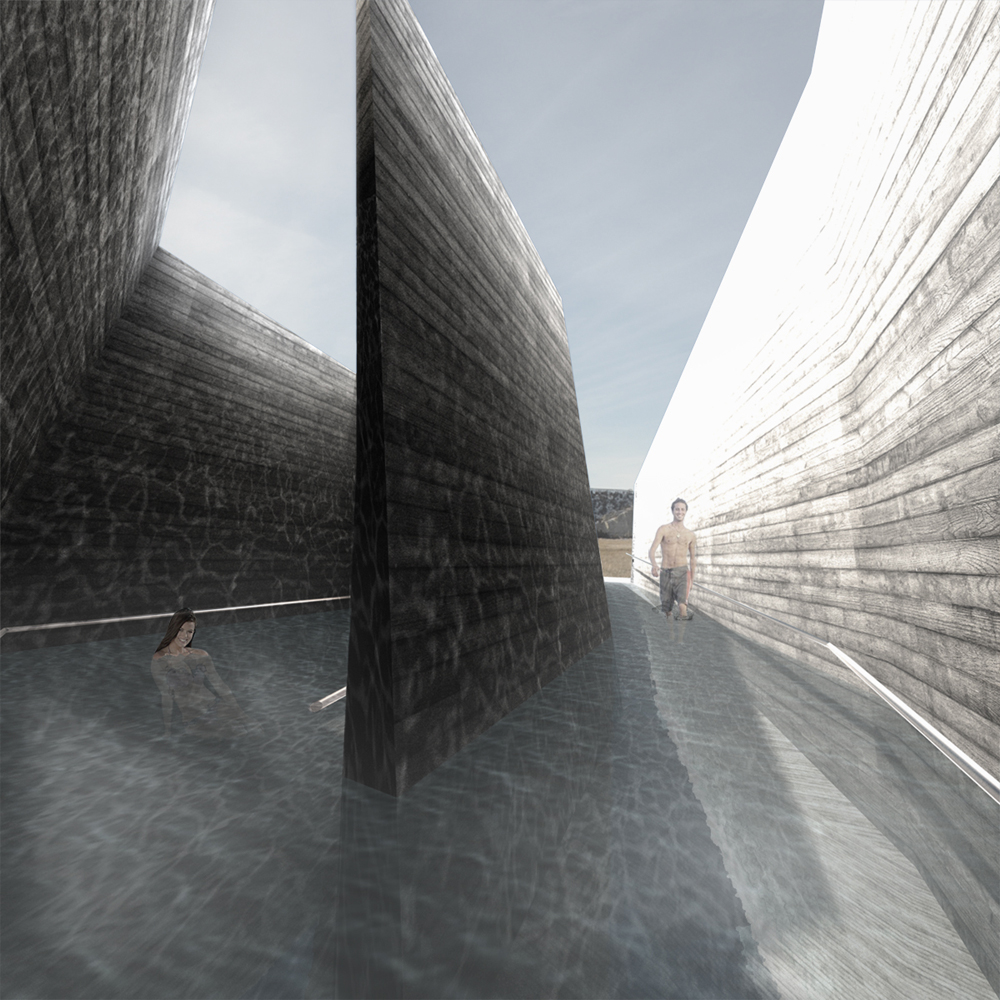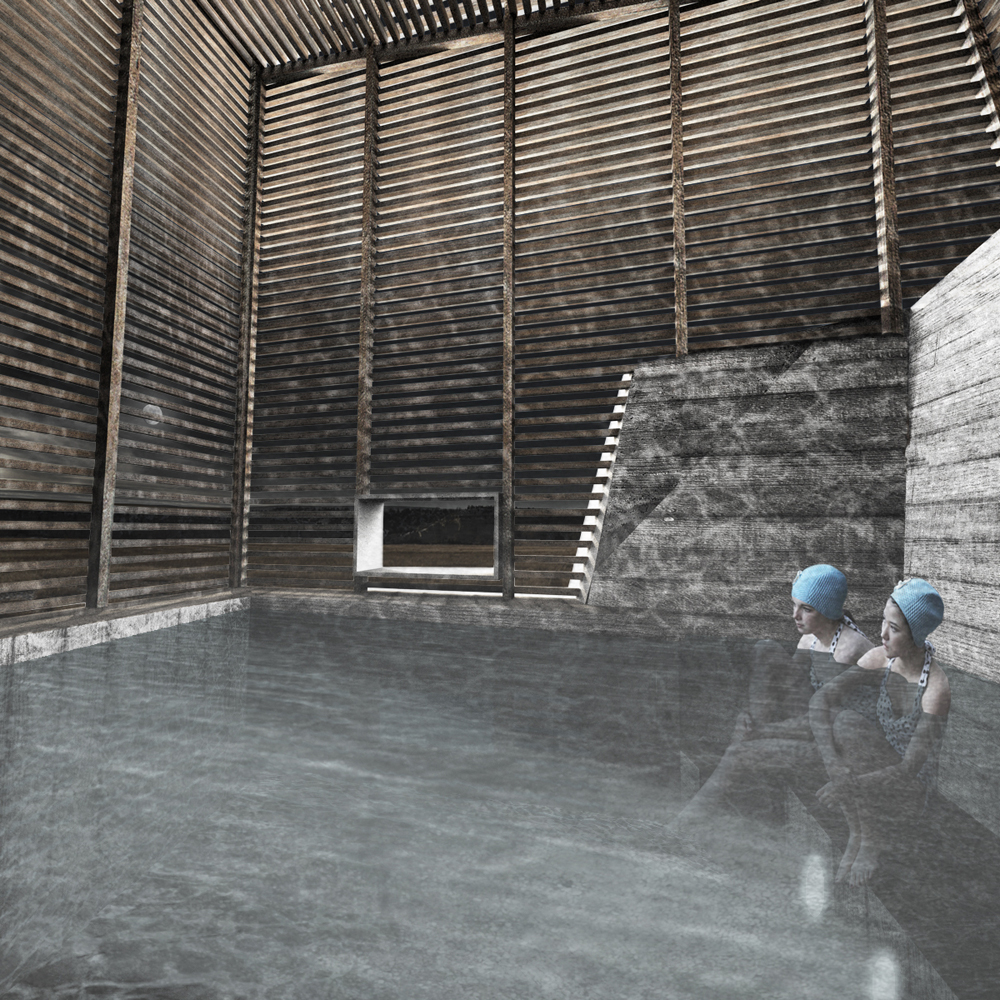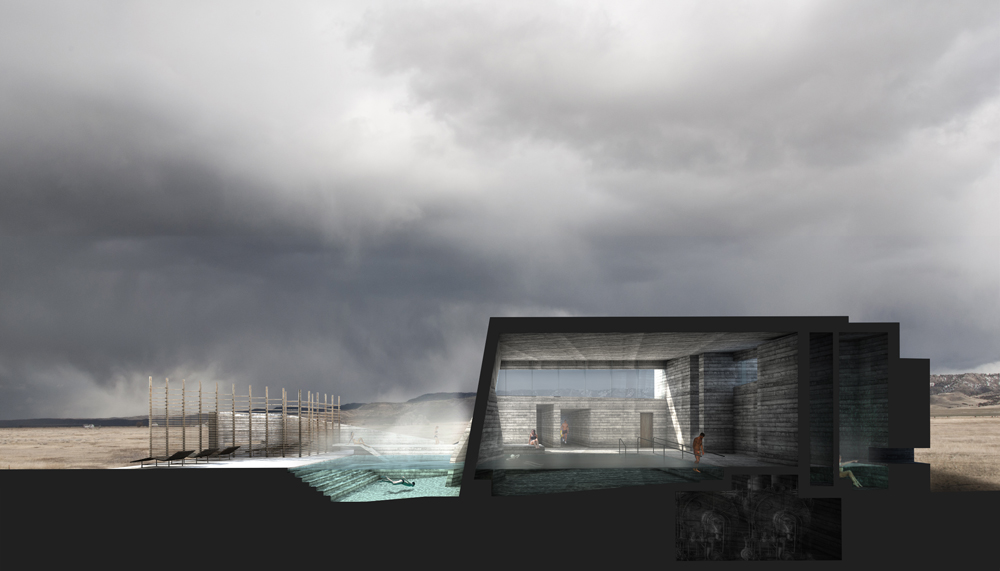Posture defined by environment
thesis by Jason Stamp
Thesis Committee Members
David Fortin
Barry Newton
Zuzanna Karczewska
The environment that a person occupies plays an important role with how that person’s body is perceived in that space. While in the space the body reacts and conforms to the space in different postural configurations. Body posture directly relates to the specific environments. When people think of body posture they automatically think of good posture or bad posture, and although this plays a role in the effects that the environment has on the body’s posture, it is not the focus of this thesis. The focus of this thesis is to understand the body posture of a person is directly influenced by their surroundings.
Because architecture id about the human habitation of distinct environments, it is important to understand how people are interaction and reacting in different environments. Body posture is an element of expression that is a result of the person’s surroundings and feelings. The environment can range from elements like a physical wall or to temperature or the humidity of the space Some of these elements are specifically designed to interact with the body in particular ways: for example chairs are thoughtfully designed to hold the body in a precise way depending on the activity the person is partaking in while sitting in the chair.
Lounge chairs have a more reclined back and sometimes a foot rest to put your feet up on. A dining chair is designed with less of an angle allowing the person an upright posture, suitable for dining. When influenced by the environment the human body will find new ways of inhabiting it. For instance, when the body in tired it will seek out a form of refuge. When there are no benches or chairs in a space people will sometimes find refuge perched against a wall or sitting on a step. These architectural elements are not specifically designed to be used in this fashion, but the influence body posture in unexpected ways.






